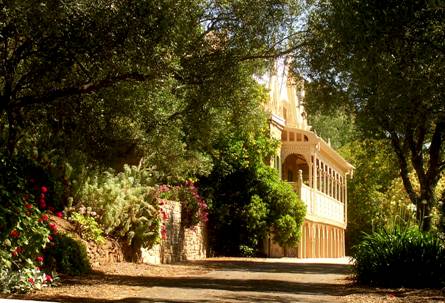
South Australian Medical Heritage Society Inc
Website for the Virtual Museum
Home
Coming meetings
Past meetings
About the Society
Main Galleries
Medicine
Surgery
Anaesthesia
X-rays
Hospitals,other organisations
Individuals of note
Small Galleries
Ethnic medicine
- Aboriginal
- Chinese
- Mediterran
Acknowledgments:
Research: The late Dr.W.McLarty (died 2008)
Resources: J.Kenneth Wiles, Robert Kenny, Roger Booth, Mel. Sims & John Rathman, from “The Military Vehicle Museum Port Adelaide ”Sir Stanton Hicks C.St.J., M.Sc., M.D., Ph.D., F.I.C., was professor of Physiology and Pharmacology at the University of Adelaide. His major interest was human nutrition and he was founder of the Army Catering Corps and the first Director of Catering for the Australian Army.
His advice and support of James Fletcher Wiles, an engineer from Ballarat, persuaded the Australian Army to adopt the Wiles mobile cooker, The cooker was operated by steam, raised by burning oil, to cook food and heat a baking oven. About 300 units were produced during WW1 and were in service in Egypt, France, and Australia.
In the years leading up to WW2 the Australian Army standardised with the British system favouring “Soyer” stoves and “ Aldershot ” ovens. These were slow and cumbersome. Wiles persisted in trying to persuade the Army to revert to the use of his ovens, and with the help of Major Lenton and the support of Sir Stanton Hicks, who favoured the more nutritional steam cooking, the Army adopted his stoves for use in the second world war.
Two models were produced, a 2 wheel and a larger 4 wheel model. They could be operational in 20 minutes, and cooking could take place while being towed up to 35 mph. The photographs are of models restored by Robert Kenny on loan to the Military Vehicle Museum Port Adelaide.
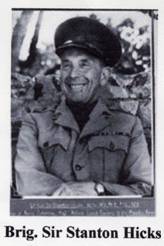
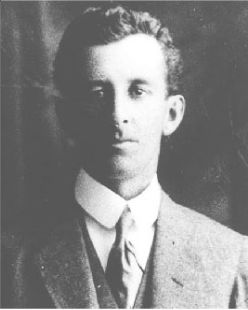
Brig. Sir Stanton Hicks and James Fletcher Wiles
“Woodley” the Glen Osmond “manor” of the late Sir Stanton Hicks
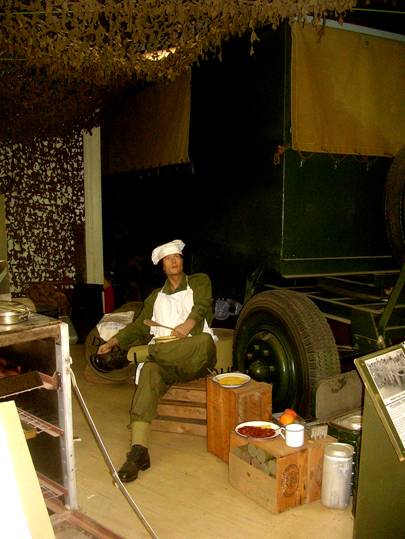
The 4 wheeled model of the gas fired Wiles steamer cooker
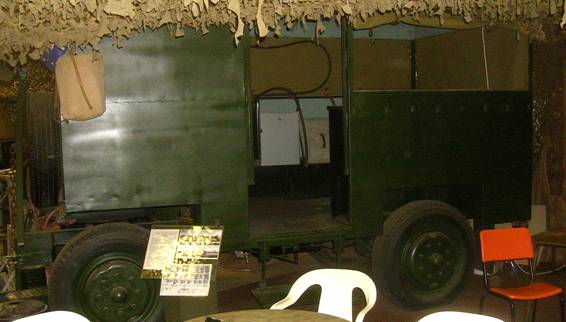
Full side view of the 4 wheel model of the Wiles cooker, (towed by a truck)
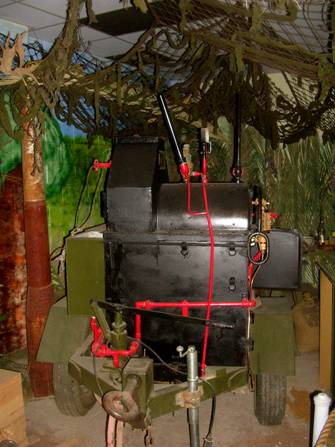
The 2 wheel wood burning model of the Wiles cooker, (can be towed by a jeep & dropped by parachute). Steamer component below
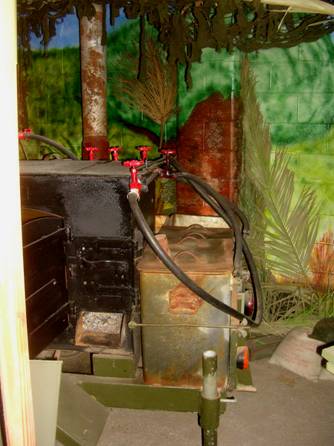
see caption above
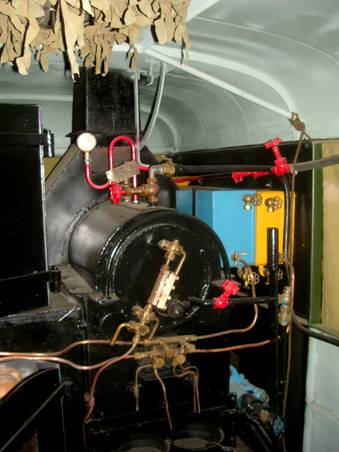 Steamer component which could be operational in 20 minutes
Steamer component which could be operational in 20 minutes
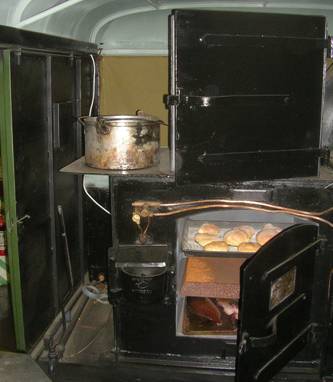 Steam heated oven
Steam heated oven
with bread & fish
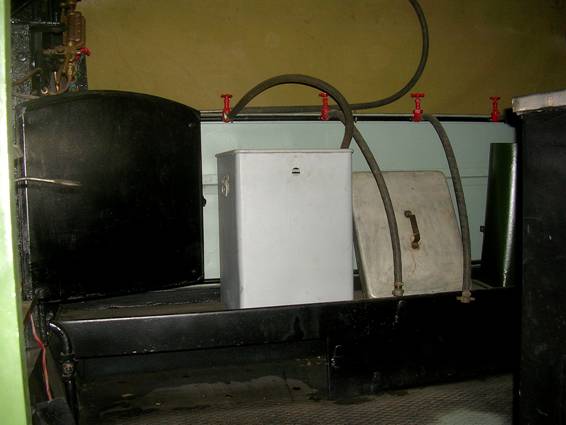
Steamer & associated hoses. The main use was for vegetables and steaming was considered nutritionally superior to boiling.
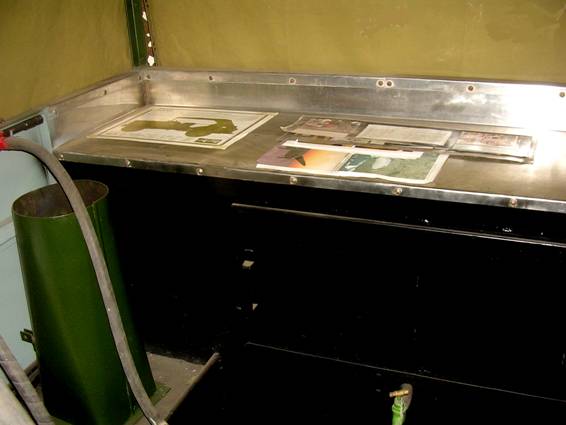
Side bench for food preparation,- and steamer hose for heating liquids.
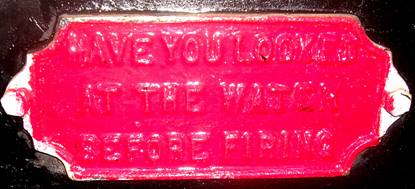
WARNING!! HAVE YOU LOOKED AT THE WATER BEFORE FIRING
(cautionary notice on the 2 wheel cooker)
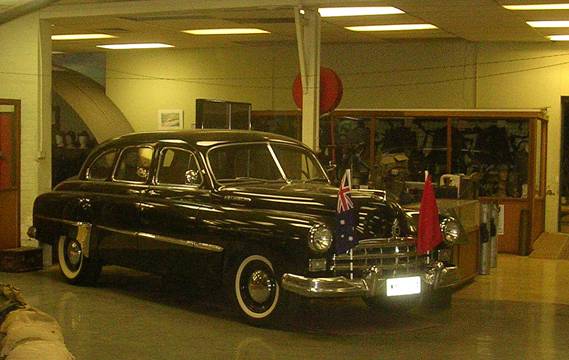
A 6 cylinder side valve “Zil” Russian made prestigious car , based on the American Chrysler. The only model in Australia preserved in the Port Adelaide Military Vehicle Museum
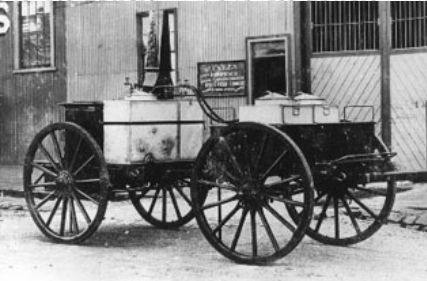
The Wiles horse drawn cooker of WW1. .
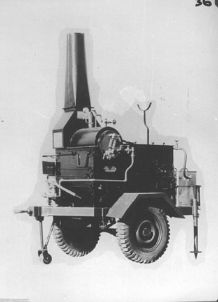
The Wiles junior cooker used in WW2
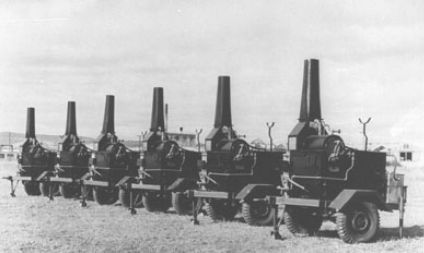
An array of Wiles junior cookers
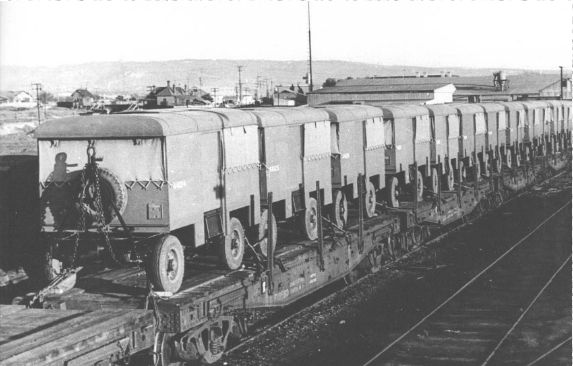
Senior cookers being dispatched on railway flat cars . WW2
The four photos above and the next one below are reproduced from http://www.nashos.org.au/wiles.htm

James Fletcher Wiles was born in 1873 and served in the Army in the South African Campaign at the age of 17. He was awarded the South African Medal with 3 clasps, he was one of the few survivors of the Woolmarannarust disaster. As a young soldier Jim observed that there was an urgent need of catering equipment for the front line troops. Being one of the youngest in the Regiment he spent a lot of the time in the cooking of meals and conceived the idea of a mobile steam cooker, instinctively realizing that steaming vegetables was much better than boiling them. This was later to be confirmed by the C.S.I.R.O. during the stages of WW2 The first cooker was made and used in WW1. James Fletcher Wiles died in 1939, but his sons continued to redesign and update their father’s cooker. After a long struggle with the Government Bureaucracy they made over 3,000 units that were used by all branches of the Armed Forces in Australia, New Zealand, U.S.A. and Britain.
-o0o-
